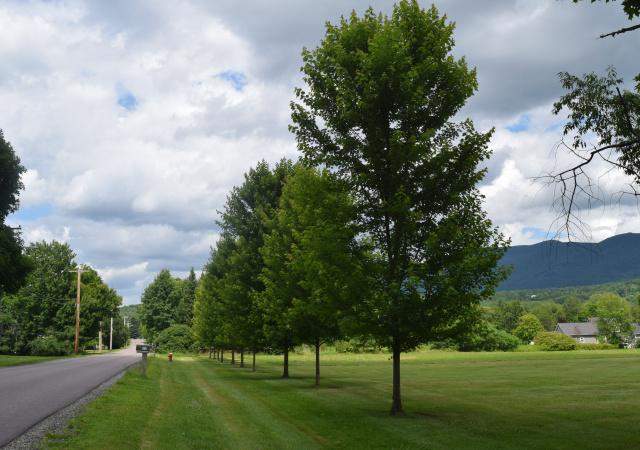January 4, 2023

Last month hundreds of urban and community foresters from around the country convened, not over Zoom or Teams, but in person during vibrant and energized round tables, presentations, and panels. Attendees of this year’s Partners in Community Forestry Conference in Seattle, WA shared one exciting mission: Be Bold.
From the Arbor Day Foundation’s opening statements to the last of the conferences’ lightning rounds, energy sizzled for all invested in urban and community tree programs. Amid the excitement, three key messages emerged:
- This is the moment for community trees: with a historic investment in urban and community forestry nationwide, the passage of the Inflation Reduction Act of 2022 will transform the landscape, quite literally, as well as the field of urban forestry.
- This is the time to dream big and seize the opportunity to scale up the Vermont Urban & Community Forestry program as well as the regional and local community tree programs and careers that grow our community trees.
- All Vermonters should know that this unprecedented investment in urban and community forestry will bolster our tree stewards statewide - our audiences - from local tree stewards and municipal staff to state Agency and nonprofit partners.
So when it comes to trees, what is the Inflation Reduction Act? The bill, signed into law by President Biden in August 2022 allocated $1.5 billion to the U.S. Forest Service's (USFS) Urban & Community Forestry Program. This investment is a recognition of the many benefits of trees and urban canopy cover in combating climate change, improving public health, cleaning water, creating jobs, promoting equitable community investment, and enhancing quality of life in our downtowns and neighborhoods.
The funding, which must be spent down by 2031, presents the opportunity to not only grow trees and canopy cover, but also to significantly expand capacity to plan for, maintain, and champion trees and green spaces as critical infrastructure for community resilience and wellbeing. There will be opportunities for not only our statewide UCF program to apply for additional funding to increase programmatic capacity but also for communities and local nonprofits to directly access funding through a competitive grant program. Details about these funding opportunities will be announced in the coming months.
In addition to the urban and community forestry investment, the Inflation Reduction Act includes other provisions intended to address climate change, including $700 million for the USFS's Forest Legacy Program to encourage forest conservation, $450 million to the USFS to provide forest-carbon grants to private landowners, $18 billion for "Climate-Smart Agriculture" that could include tree and forest-related activities, and $100 million for the USFS's Wood Innovation Grant Program.
To learn more about the Inflation Reduction Act and what the $1.5 billion investment means for urban and community forestry nationwide, read this briefing from American Forests or visit the USDA's website.
Our program staff and advisory Council are already planning to seize these opportunities, catalyze our partners and local tree stewards, and share information.
Elise Schadler
Vermont Urban & Community Forestry Program Manager